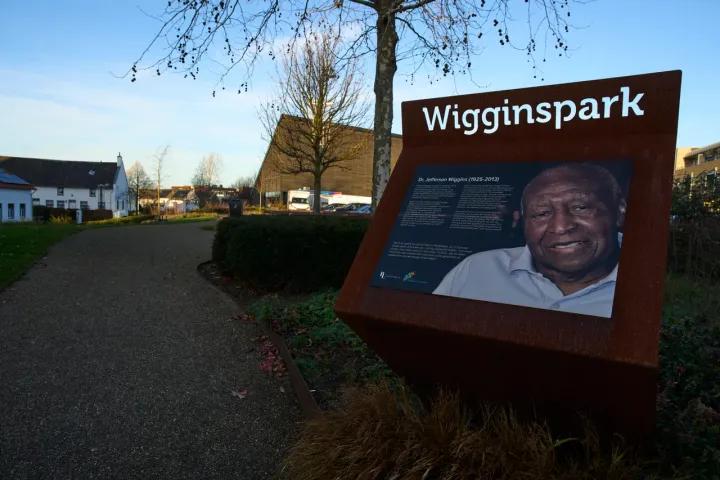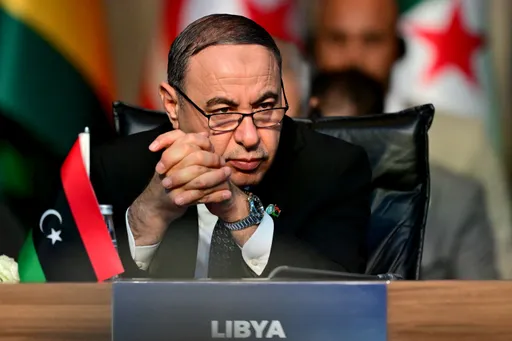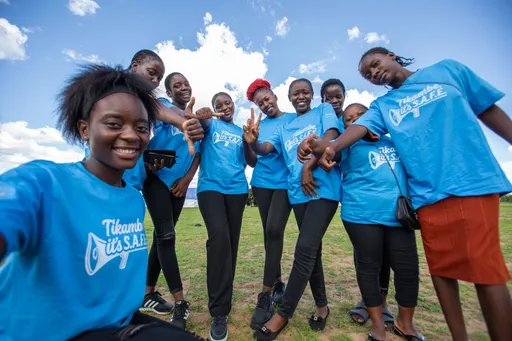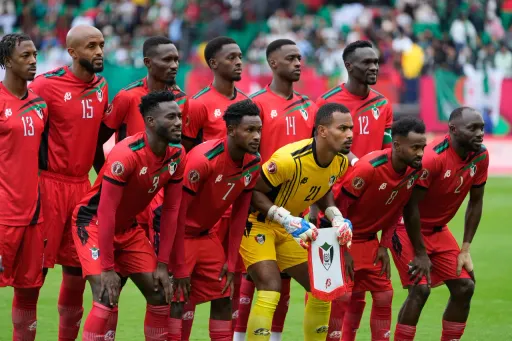Following the death of president Ebrahim Raisi in a helicopter crash on May 19, Iran faced a new crisis — a political power vacuum at the very top. Alongside Raisi, others who died in the tragic crash included foreign minister Hossein Amirabdollahian, East Azerbaijan governor Malik Rahmati and imam Seyyed Mohammad Ali al Hashim.
Following the accident, Iran’s supreme leader Ali Khamenei declared that “there will be no disruption in the affairs of the country”. After Raisi's death was confirmed, Khamenei appointed First Vice President Mohammad Mokhber as the head of the executive branch until fresh elections were held “within a maximum of 50 days”.
Finding a successor to Raisi will not be an easy task. For one, his legacy will be hard to emulate.
Raisi, who emerged almost organically within Iran’s political establishment and served in various roles such as the Tehran Prosecutor's Office and Chief Prosecutor of the Court of Clerics, was appointed by Khamenei in 2016 as the head of Astan-i Quds-i Rezevi, the largest foundation in the country.
Raisi, who stood out as one of the most frequently mentioned figures for the position of supreme leader after Ali Khamenei, was nominated as a candidate against then president Hassan Rouhani in the 2017 elections to gain political experience.
Despite losing the elections, Raisi garnered a significant vote share of 39 percent. In 2019, Khamenei appointed him Head of the Iranian Judiciary.
In the presidential elections held in June 2021, Raisi was elected as the new president of Iran, receiving approximately 72 percent of the votes in an environment where the candidates were mostly conservative, and the voter turnout was a meagre 48.8 percent.
In these elections, the Council of Guardians of the Constitution officially rejected the candidature applications of former president Mahmoud Ahmadinejad, former parliament speaker Ali Larijani, Rouhani-era first vice president Ishak Jahangiri, former Parliament deputies Masoud Pizishkian and Mostafa Tajzadeh.
Only seven candidates – five conservatives and two reformists – were approved.
Among the conservative candidates, former secretary general of the Supreme National Security Council and chief nuclear negotiator Saeed Jalili and former MP Ali Reza Zakani withdrew their candidacy in favour of Raisi shortly before the elections.
Who will be the new president?
Iranian voters will elect their new president on 28 June in accordance with the new election schedule set by the Interior Ministry following Raisi's death.
This election is also noteworthy as it is the first to be held after the death of an incumbent president since the assassination of Mohammad Ali Rajaei in 1981. Rajaei, incidentally, was elected president after the first president of Iran, Abulhasan Benisadr, fled abroad.
The choice of the new Iranian president is important for both foreign and domestic politics. It is not possible to evaluate the elections to be held without taking into account the sudden death of Raisi, who was widely expected to become a two-term president by running for re-election in 2025.
However, following Raisi's death, the establishment must determine a new strategy.
Due to the rejection of the candidacies of important names such as Mahmoud Ahmadinejad and Ali Larijani by the Council of Guardians of the Constitution, especially in the 2021 presidential elections, it will be interesting to know which names the powerful establishment will give the green light for candidacy this time.
The fact that the council used its veto power quite arbitrarily in the 2021 elections, as it had done in many elections before, had created the perception in a section of the society that an ‘electoral engineering’ was being carried out by the establishment.
Perhaps, it is this disillusionment with the democratic process that the elections for Parliament and the Assembly of Experts in March this year, in which many reformist names were again rejected by the Council of Guardians, the voter turnout was a mere 41 percent.
For their part, the conservatives managed to secure a majority in Parliament and align themselves with Ali Khamenei’s worldview. For the record, Khamenei had major disagreements with Hassan Rouhani, the president between 2013 and 2021, on many issues, especially the now-stalled nuclear deal with the US.
As the nomination process for the presidential elections commenced on May 30, some of the prominent figures who applied for candidacy are conservative Saeed Jalili, former secretary general of the Supreme National Security Council, former president Mahmoud Ahmadinejad, former parliament speaker Ali Larijani, former health minister Massoud Pezeshkian, former Central Bank of Iran governor Abdulnasser Himmeti, who also ran as a candidate in previous elections, Rouhani-era first vice president Ishak Jahangiri, and secretary general of the Democracy Party Mostafa Kevakebian.
Mohammad Baqer Qalibaf, who has been a presidential candidate several times before and was speculated to run again following Raisi's death, declared his candidacy for the presidency on the last day of applications despite being re-elected as the Speaker of the Majlis just last week.
Who will the establishment choose?
The sudden death of Raisi, who had gained experience in various roles within the state apparatus over the years under the establishment's tutelage and had become an influential figure in Iran's domestic policy, stirred Iran's internal dynamics and brought back to light unresolved issues among the elites.
The establishment now needs to chart a new course. In this regard, the intra-state balances that have periodically surfaced in Iranian domestic politics in recent years may require reassessment.
Rouhani, who was not admitted to either the Expediency Discernment Council or the Assembly of Experts after the end of his tenure, has so far not indicated his future path, including which candidate he will endorse.
Furthermore, the potential re-candidacy of Ali Larijani, a member of a prominent family within the establishment, could ignite a power struggle between the reformist and conservative factions.
The conservative Said Jalili, former secretary general of the Supreme National Security Council, announced his candidacy, raising the question of whether the establishment will devise a strategy through him.
The most critical question in the immediate future process is essentially this: Will the system allow only conservative candidates to compete, thereby fueling renewed debates about election engineering, or will it permit moderate and reformist candidates to participate, thus creating a more convincing and participation-friendly election environment?
If approved, it is inevitable that the elections scheduled for June 28 will be contested between Larijani, a prominent figure in the reformist camp, and Saeed Jalili, a significant figure in the conservative camp.
Typically, the establishment does not field candidates who could potentially garner votes against its preferred candidate or allows low-profile candidates. Against this backdrop, will it approve Larijani's candidacy this time?
If, however, a similar election engineering strategy as before results in the election of Saeed Jalili or another candidate supported by the system, it will undoubtedly further undermine public trust in elections and democratic processes in Iran, which are already compromised.
On the other hand, Jalili's election would imply the continuation of current domestic and foreign affairs policies. Meanwhile, Larijani's presidency could signify a change in the establishment's plans and potentially lead to a different dimension in the discussions about post-Khamenei politics, particularly in domestic affairs.
Finally, it is necessary to address the dimension of the process concerning Türkiye-Iran relations.
Considering Raisi's recent improved relations with both Türkiye and Azerbaijan, who will be Iran's new president, it is important to maintain relations between Ankara and Tehran.
In the current conjuncture where regional tensions pose security challenges to Türkiye and Iran, the South Caucasus, and especially the Zangezur Corridor, the kind of roadmap the establishment will pursue with the new president and how this will affect bilateral relations is an important question.
Therefore, what will happen in Iran after June 28 is of great importance, primarily for Iran's domestic politics. Though this process is not expected to bring about radical changes in the country's foreign policy, significant issues such as relations with Türkiye, negotiations with the US, and strategic cooperation with China will still await the country's new president.
The extent to which the institutional Nizam prioritises what is important will be clearly seen in the decision of the Council of Guardians of the Constitution on the final candidates.
























